© ROOT-NATION.com - Use of content is permitted with a backlink.
The last EcoFlow review was so long ago that I’d forgotten what it was like to have a power station that could provide me with 500 kW of clean energy, whether for a kettle, a test bench or a laptop. In fact, I’ll be honest – the EcoFlow RIVER 2 Max came to me for review and testing almost the first in Ukraine.
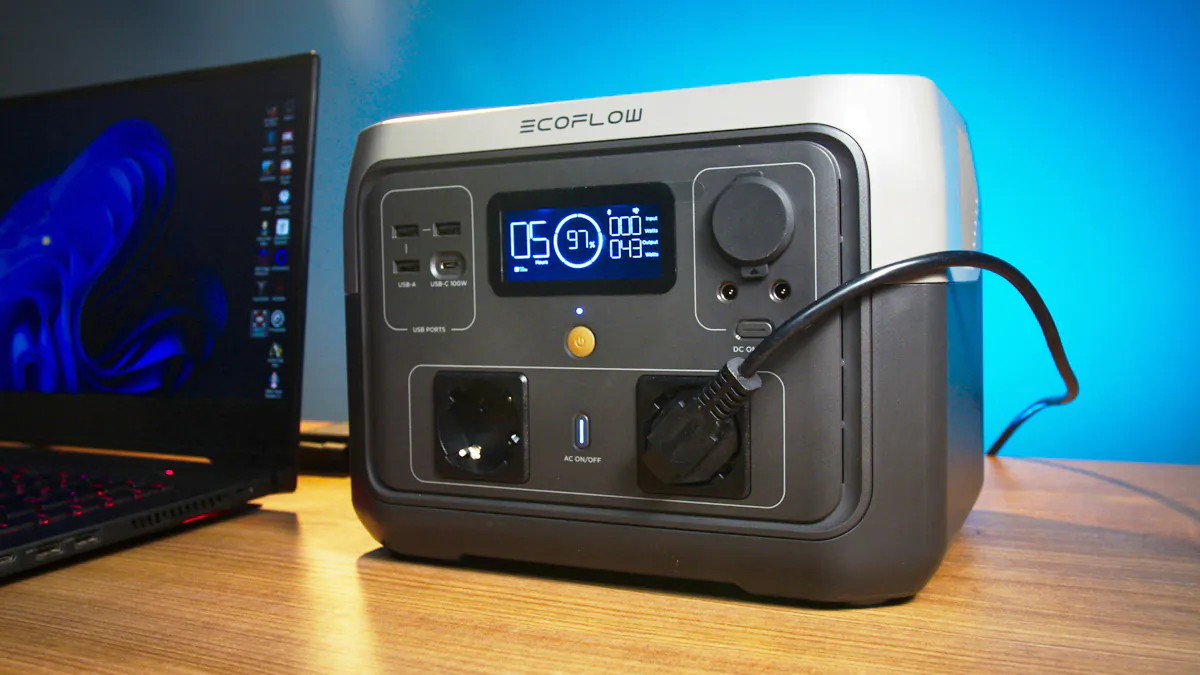
I delayed the review because I almost immediately connected it to the PC and did not disconnect it, which is not a good idea because (spoiler) – the station does not support pass-through. But as you’ll realise later, it makes absolutely no difference.
Market positioning
Let’s deal with the price. For its money, this thing will be indispensable to you only when you actually need a compact, high-quality, convenient and versatile power source… for medium or minimum wattage appliances. If you need to power an office or a café, a generator is your only option; that’s not what the EcoFlow is about. But then, what is EcoFlow all about? I personally emphasise three aspects. Convenience, flexibility and quality.
Format and peripherals
The convenience, I think, is obvious. In front of us is a box the size of a small rucksack, 270×260×196g, weighing exactly 6kg. With a display and a basic set of connectors on the front, a single connector on the back and a handle for easy carrying.
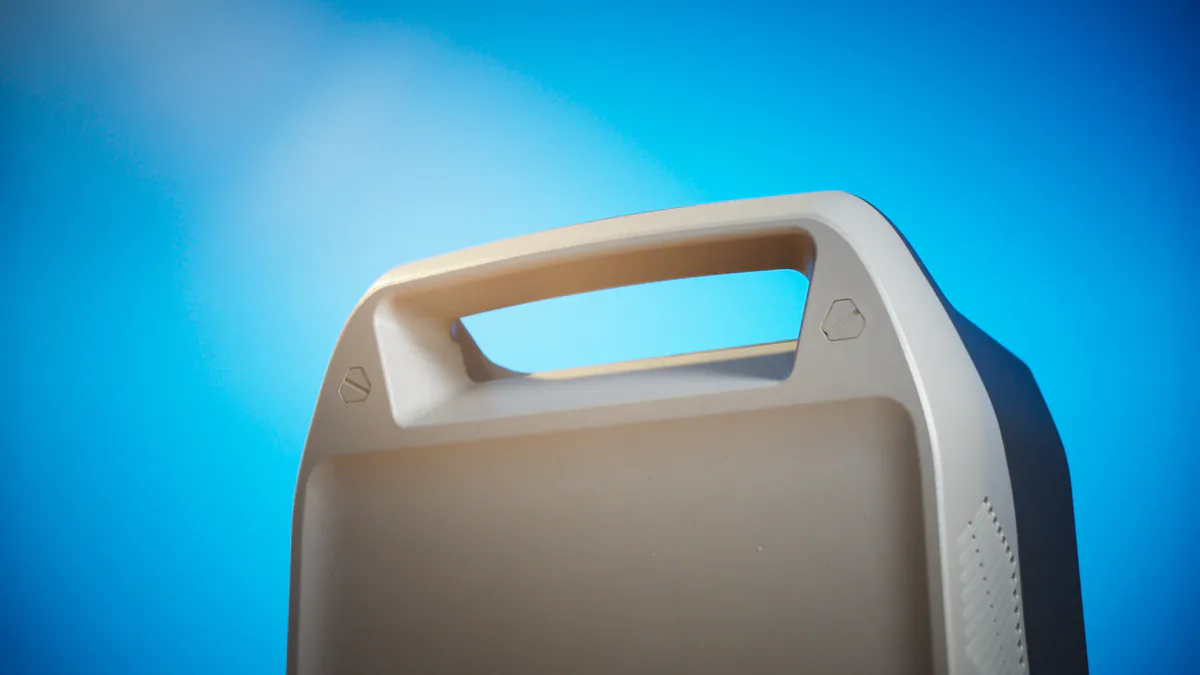
Yes, it’s not a generator, it’s actually just an overgrown paverbank that you can carry with you to the countryside or in the car with no problem. Or on a picnic. The flexibility of the charging station is provided by both physical and software chips. The peripherals consist of three USB Type-A sockets up to 12W, one Type-C socket up to 100W, plus two C14 220V sockets, two DC 5521 sockets up to 36W and even an auto socket up to 136W.
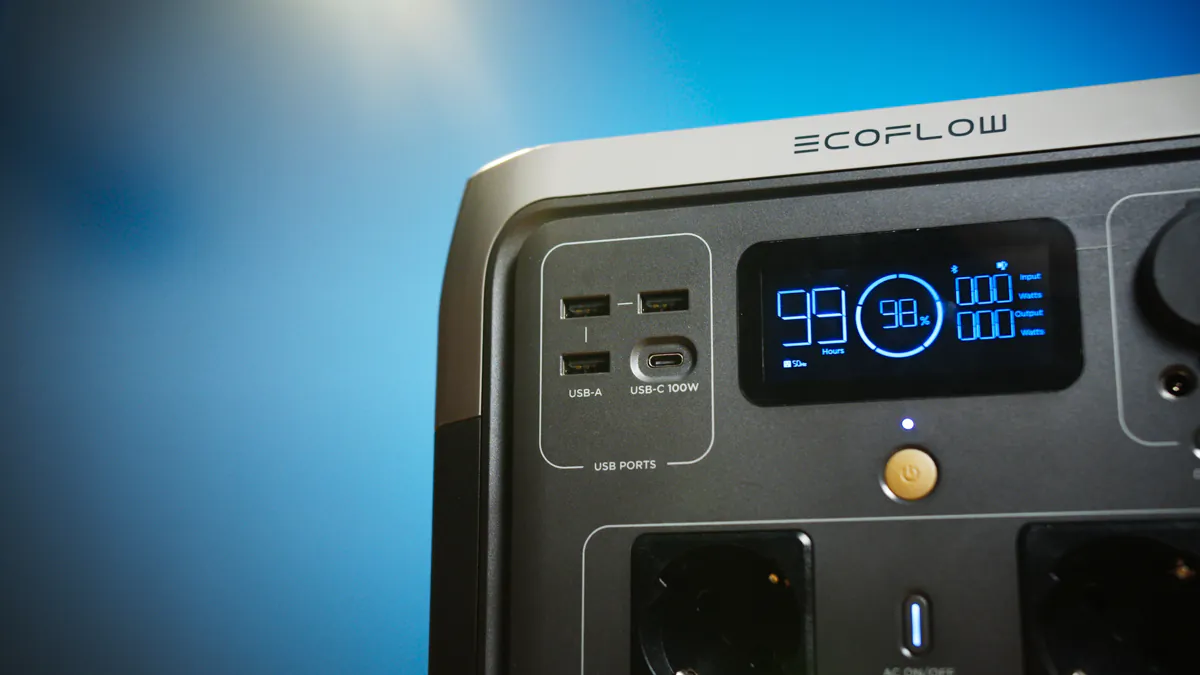
The EcoFlow RIVER 2 Max can be charged via the mains, via C13, and with X-Stream technology, which will be discussed later. And also from a solar panel up to 200W and a car charger up to 96W.
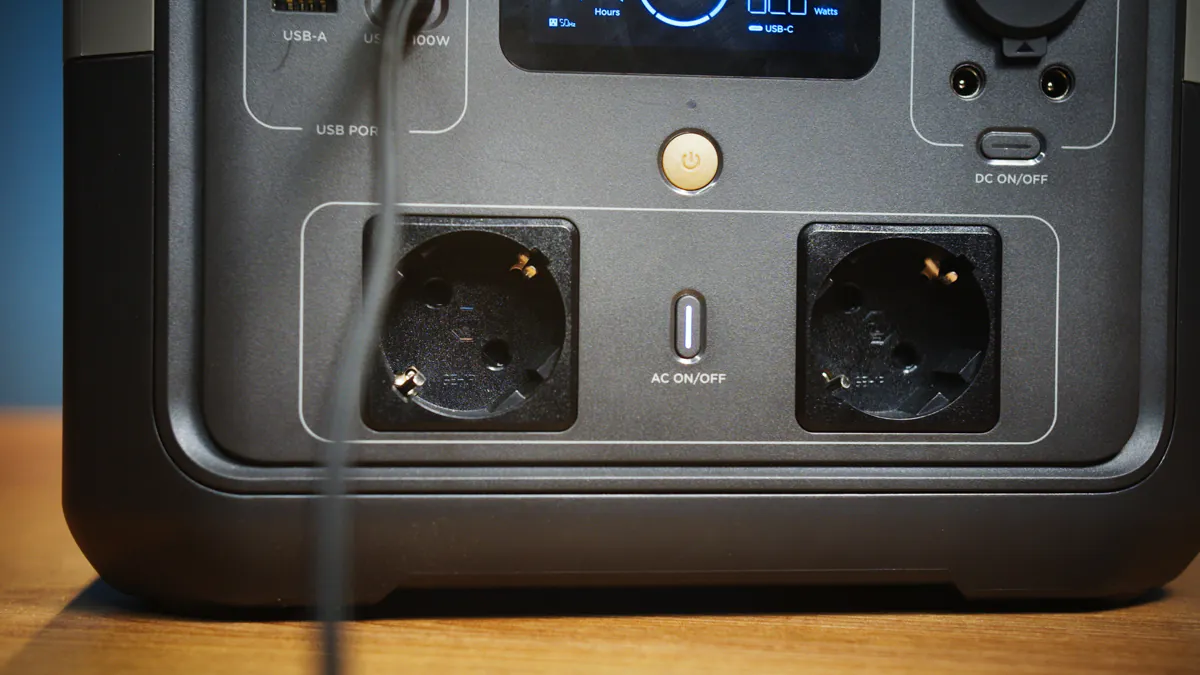
There are also several buttons for directly switching the appliance on, as well as for switching the socket operation to DC and AC.
EcoFlow River 2 Max software
From a software point of view we have the EcoFlow smartphone app. A special feature of the EcoFlow RIVER 2 Max in this respect is that there is no network reset button on the casing, as the manufacturer usually has.

That is, you can find the device on the network as soon as it is switched on. The first connection is via Wi-Fi, but then the data transfer goes via Bluetooth, so don’t worry, you won’t depend on the router being switched off.
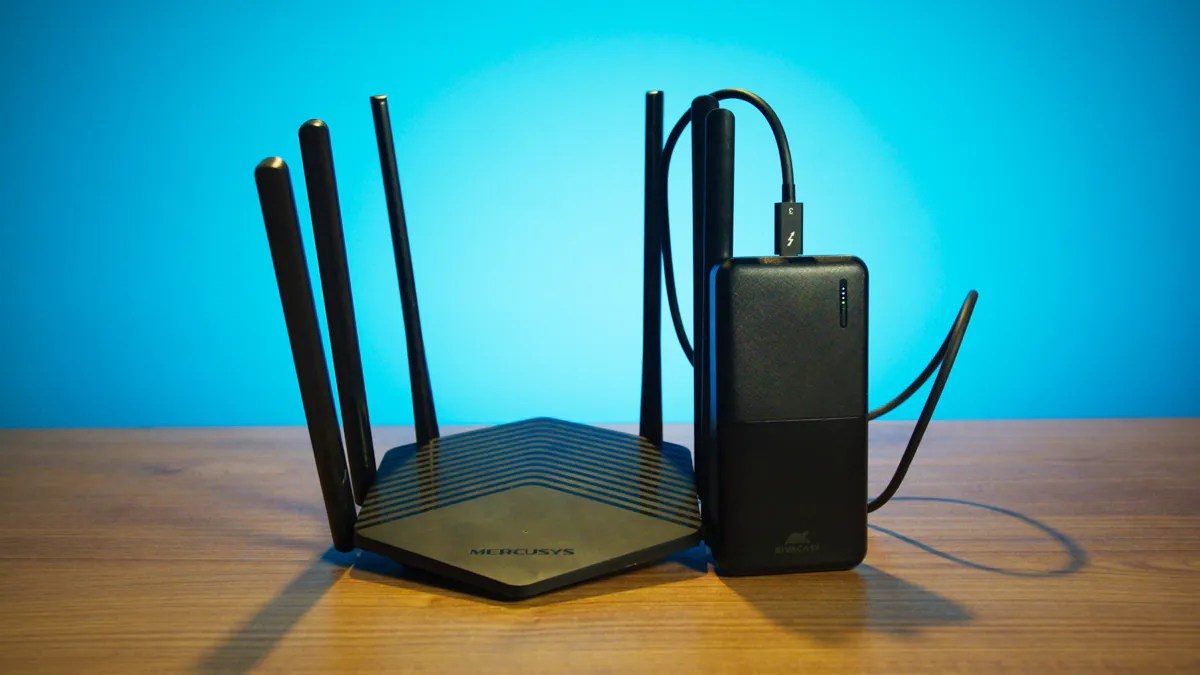
The smartphone app is relatively powerful, but not without its quirks. It allows you to monitor the input and output current in real time, as well as switch socket outlets and monitor the remaining power. It also calculates by itself how much EcoFlow RIVER 2 Max can power your appliances at the current load.
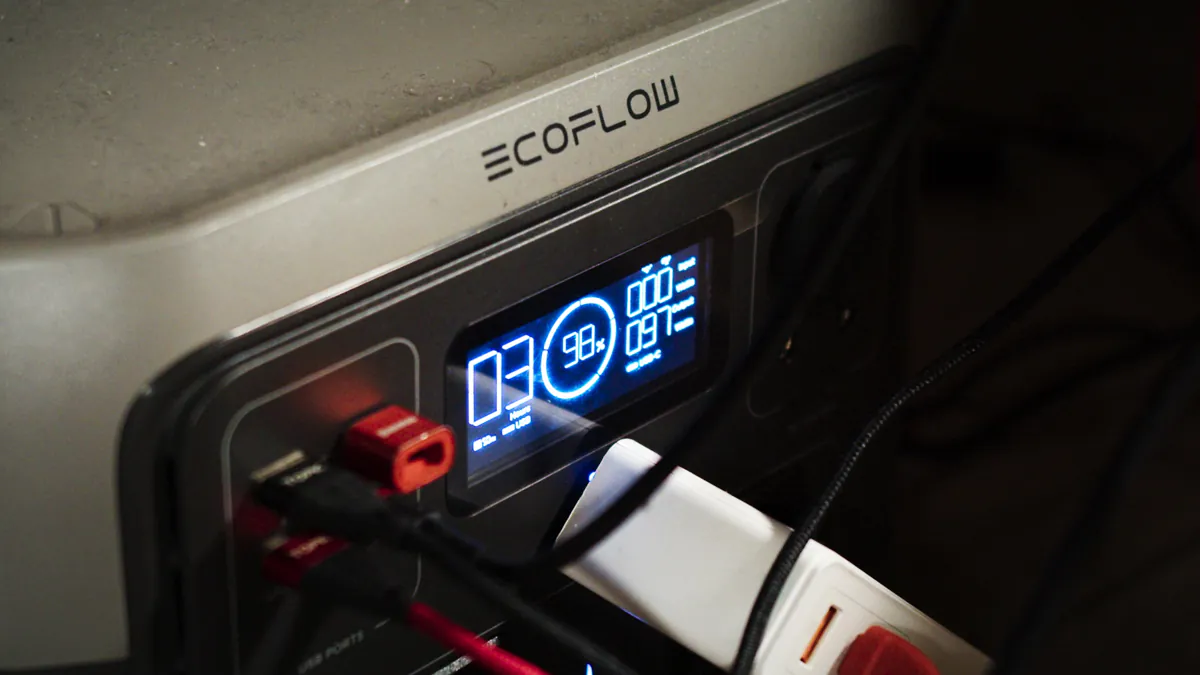
Both the maximum discharge level, after which the charging station will switch itself off, and the maximum charge level, to save the battery for longer, can be set in the software. And you can even connect via mobile internet, as long as Wi-Fi works at home!
What can’t the software do? Set the fans on temperature – because yes, in EcoFlow RIVER 2 Max cooling is active. In the video review below, I gave examples of why this is not as cool as it should be.
User experience
The quality is obvious, I think. But, for example, the battery here is of the LFP type, i.e. lithium ferro-phosphate. These, although not as power-hungry, are much better in terms of endurance than lithium-ion batteries.

In fact, they typically last up to 3,000 recharge cycles… Under moderately favourable conditions. Under favourable conditions, they take out up to 10,000. This obviously affects the warranty as well – 5 years from the manufacturer.

But even after the warranty period is up, the EcoFlow RIVER 2 Max will keep you going long and hard. In fact, the battery capacity here is 512 watts per hour, which is enough, for example, to power my laptop for 8 hours when powered by USB Type-C with up to 70 watts.
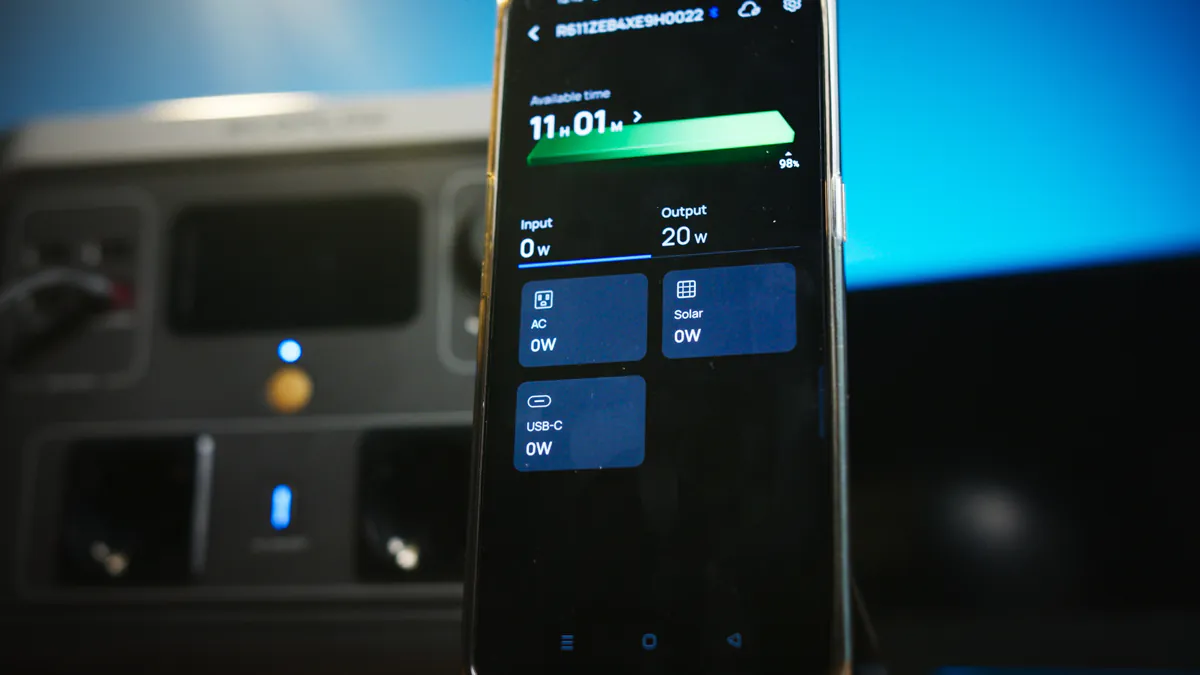
At the same time, the charging speed of the station can reach, mind you, 660W! This means that a full battery can be recharged in less than an hour! The charging station can also work as an uninterruptible power supply, but only for small loads – somewhere up to 300W. That is, a small amount of PC power will also take it out, but no more.
Disadvantages
Does the EcoFlow RIVER 2 Max have disadvantages? There are. Firstly, it is not a modular design, unlike the previous version. Therefore, it is not possible to expand the capacity with an additional module. Secondly, there is no way to switch the cooling system off or adjust it, and the fan is as loud as the floor of a hoover. And thirdly, it is quite strange to see only one Type-C and three low-power Type-A. If there were two in two, there would be zero questions.
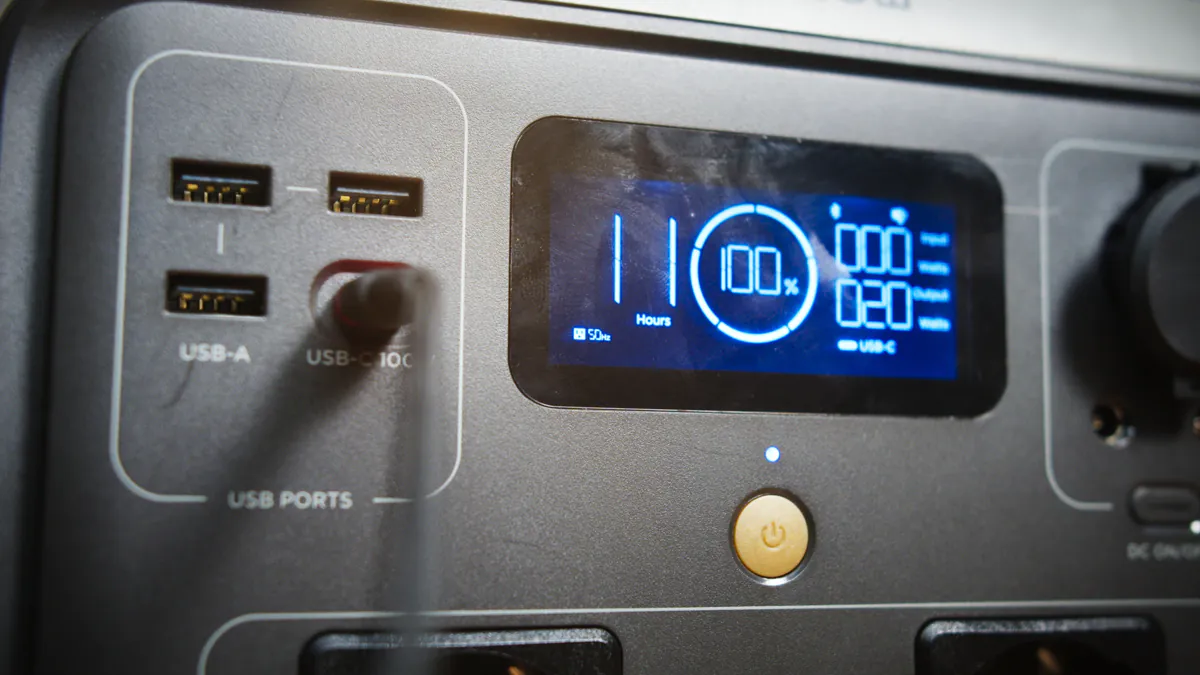
There is, however, another drawback. And it concerns the loudness of the operation. Active cooling is completely impossible to set, it turns on whenever it wants, turns off whenever it wants, and is always loud. So loud, in fact, that I couldn’t record a video when the cooling is on, even though the charging station itself was powering the PC at the opposite end of the room.
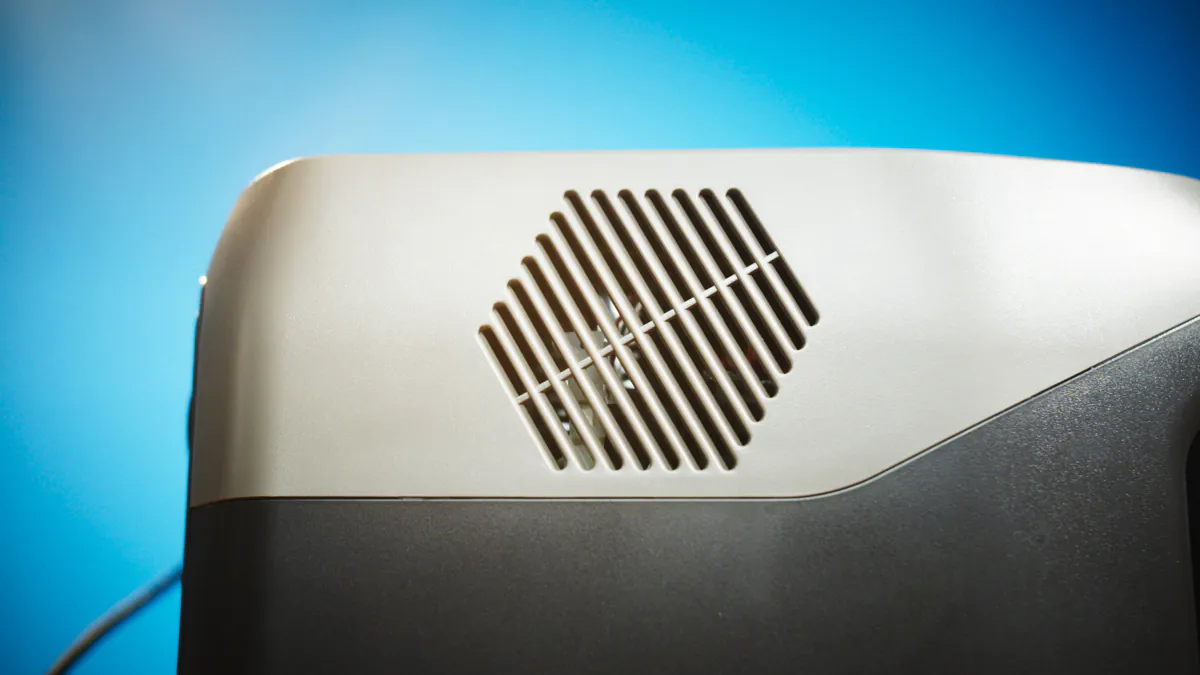
I wanted to summarise at this point, but I can’t because I forgot to write. The EcoFlow River 2 Max is one of the few electronic devices, more complex than an arc lighter, that has no way of resetting to factory settings. So if the unit glitches, you have to reset it to zero, or take it straight to service.
Conclusion
You can see for yourself just how important such devices are. How indispensable and needed they are everywhere. They cost a lot, but personally I have been able to keep things running during blackouts. And they can help you in this regard as well. That being said, I can’t recommend the EcoFlow RIVER 2 Max enough. Well, if you’re a volunteer or a patron of the arts, then sending such a station to our warriors on the front line, plus a solar panel – because yes, River 2 Max supports them – would be just the thing. I recommend it.
EcoFlow RIVER 2 Max video

Read also:
- Apple AirPods Pro 2 vs Huawei FreeBuds Pro 2: which headphones to choose?
- Samsung Galaxy S23 review: the cool compact flagship
- HUAWEI Watch Buds review: smartwatch… with headphones inside

